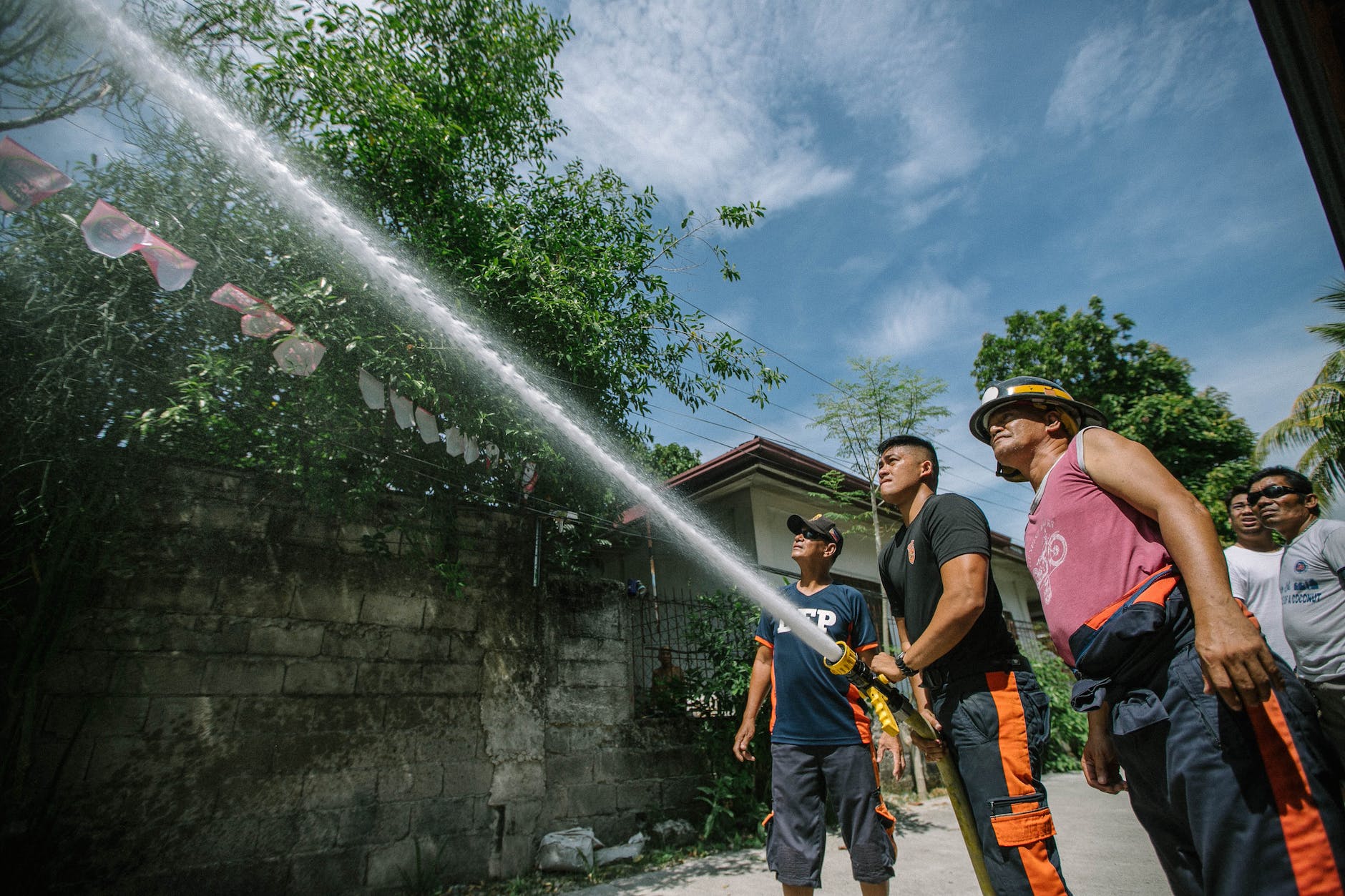
Fire Safety Awareness: Protecting Lives and Property
Fires, while destructive, are preventable disasters that can cause immense harm to lives and property. Understanding fire safety and adopting preventive measures are crucial in averting these catastrophic events.
Introduction to Fire Safety
Fires pose significant threats, and their impact reaches far beyond physical damage. They endanger lives, disrupt communities, and leave lasting emotional scars. Embracing fire safety practices becomes imperative to mitigate these risks.
Importance of Fire Safety
Fire safety isn’t just a precaution; it’s a lifeline. It safeguards homes, workplaces, and public spaces, ensuring the well-being of individuals and preserving assets.
Statistics and Impact of Fires
Statistics reveal the staggering toll of fires, emphasizing the urgency of proactive fire safety measures. Understanding these numbers underscores the need for awareness and preparedness.
Understanding Fire Hazards
Common Causes of Fires
From electrical malfunctions to human negligence, identifying the root causes of fires empowers individuals to take preventative action, reducing the risk of incidents.
Types of Fire Hazards
Fires manifest in various forms, each demanding distinct precautions. Understanding these different hazards is pivotal in implementing appropriate safety measures.
Fire Prevention Measures
Home Fire Safety Tips
Implementing simple yet effective safety measures at home can significantly reduce the risk of fires. From smoke detectors to safe cooking practices, these tips are essential.
Workplace Fire Safety Protocols
Workspaces require stringent fire safety protocols. Educating employees and having robust emergency procedures in place is crucial for minimizing fire-related risks.
Fire Safety Equipment and Tools
Types of Fire Extinguishers
Different types of fires require different extinguishing agents. Understanding the types of fire extinguishers and their appropriate uses is paramount.
Smoke Detectors and Alarms
Early detection is key. Smoke detectors and alarms act as sentinels, providing timely warnings and allowing for swift action during fire emergencies.
Emergency Preparedness
Creating an Evacuation Plan
Having a well-thought-out evacuation plan can save lives. Understanding escape routes and conducting drills prepares individuals for quick and safe exits.
Steps During a Fire Emergency
In the event of a fire, staying calm and acting swiftly can make a crucial difference. Knowing the steps to take during a fire emergency is essential.
Teaching Fire Safety to Children
Importance of Educating Kids
Children are vulnerable during fire emergencies. Educating them in a fun yet informative manner instills crucial fire safety habits.
Fun Ways to Educate Children about Fire Safety
Engaging activities and interactive sessions make learning about fire safety enjoyable for children, ensuring the information sticks with them.
Importance of Regular Inspections and Maintenance
Checking Fire Safety Equipment
Regular inspections of fire safety equipment ensure their functionality. Timely maintenance guarantees readiness during emergencies.
Conducting Home and Workplace Inspections
Assessing potential fire hazards in both residential and professional environments is pivotal in preventing fire incidents.
Psychological Impact of Fires
Coping with Fire Incidents
Beyond physical damage, fires can leave lasting emotional scars. Knowing how to cope and seek support after a fire incident is crucial.
Seeking Support and Counseling
Professional help and community support play a pivotal role in helping individuals overcome the trauma of fire incidents.
Community Involvement in Fire Safety
Role of Communities in Fire Prevention
Communities play an integral part in fostering a culture of fire safety. Collaborative efforts amplify awareness and preparedness.
Initiatives and Programs for Public Awareness
Engaging programs and initiatives bolster public awareness, encouraging proactive fire safety measures across communities.
Conclusion on Fire Safety Importance
Fire safety isn’t just a checklist; it’s a mindset. Embracing preventive measures, being prepared, and fostering awareness are instrumental in safeguarding lives and property.
What is the Life of a Fire Sprinkler?
What is K-Factor in Sprinkler Systems?
Where Are Fire Sprinkler Systems Used?
FAQs about Fire Safety Awareness:
- Why is fire safety crucial in homes and workplaces? Fire safety is critical in both homes and workplaces to protect lives, prevent property damage, and ensure a secure environment for everyone. It helps in minimizing risks and being prepared for emergencies.
- What are the primary causes of fires in residential areas? Common causes of residential fires include electrical malfunctions, cooking accidents, heating systems, smoking, and candles left unattended. Awareness of these causes helps in taking preventive measures.
- How can businesses ensure workplace fire safety compliance? Businesses can ensure compliance by conducting regular fire drills, training employees on fire safety protocols, maintaining fire extinguishers and alarms, and implementing evacuation plans as per regulations.
- What steps should one take during a fire emergency? During a fire emergency, stay calm, alert others, evacuate immediately through safe routes, use fire extinguishers if safe to do so, and follow designated assembly points. Never use elevators during a fire.
- How can communities contribute to enhancing fire safety awareness? Communities can enhance fire safety awareness by organizing workshops, seminars, and training sessions, promoting the importance of smoke detectors, and collaborating with local authorities for effective fire prevention programs.

























Need occupational health and safety